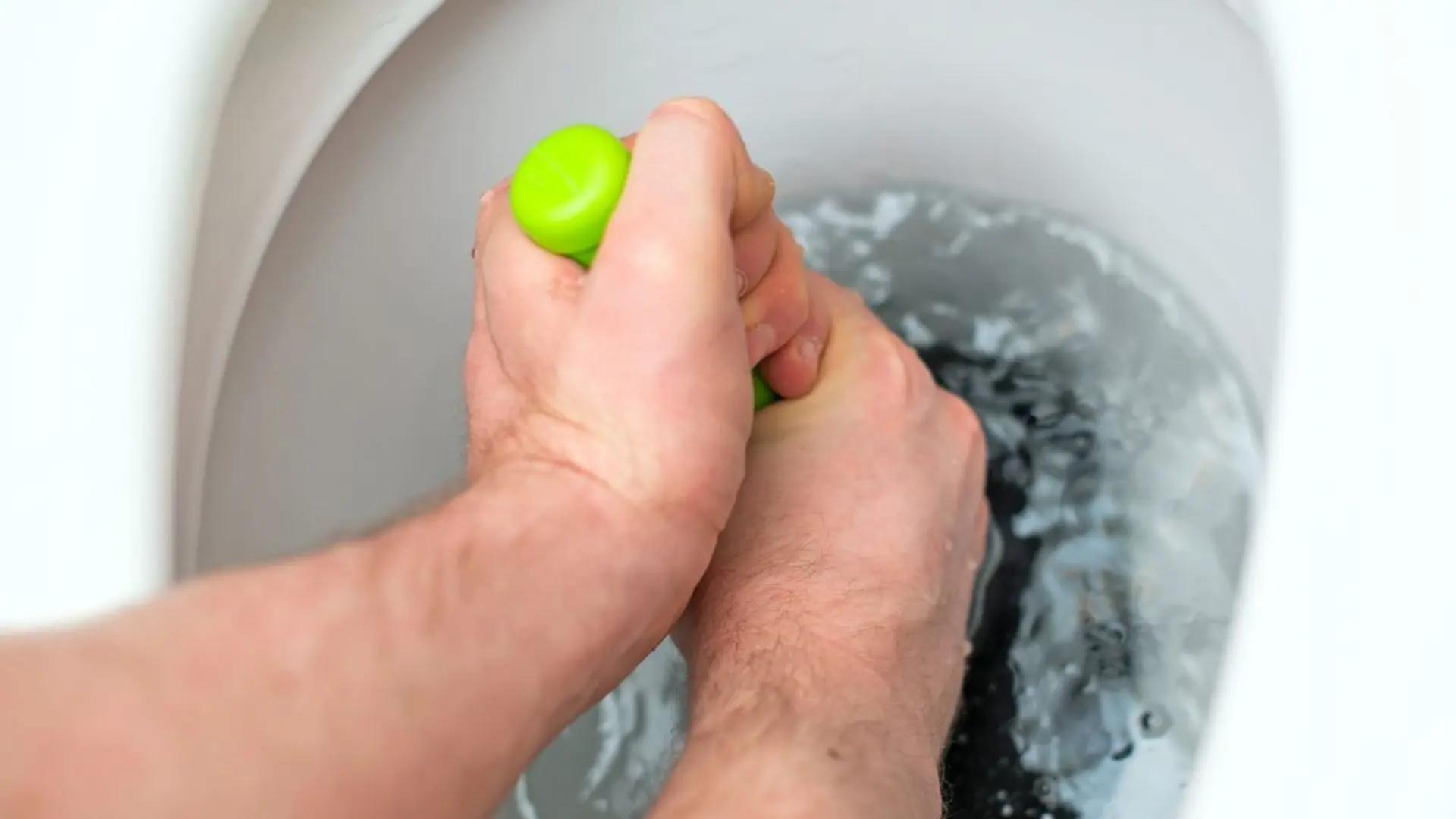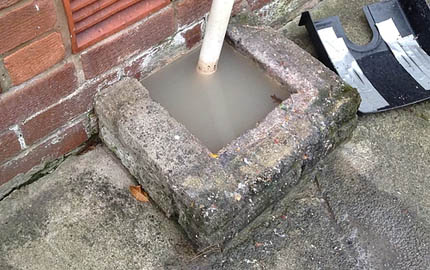What to Address a Blocked Drain Before Consulting Professional Plumbers
What to Address a Blocked Drain Before Consulting Professional Plumbers
Blog Article
Have you been in search of critical information concerning Some easy tips to fix blocked drains?

Intro
Managing a blocked drain can be a frustrating experience, interrupting day-to-day activities and possibly causing damages to your residential or commercial property. However, before reaching out to plumbing experts, there are actions you can require to deal with the concern yourself. In this guide, we'll check out DIY options and preventive measures to take on a blocked drainpipe successfully.
Determining the Issue
The initial step in dealing with a blocked drainpipe is acknowledging the indicators. Slow water drainage, gurgling audios, foul odors emanating from drains pipes, or water support up are common indications of an obstructed drain. Recognizing these indicators early can assist avoid further problems.
Common Root Causes Of Blocked Drainpipes
Understanding the variables that contribute to drain pipes blockages is vital for effective resolution. Typical wrongdoers consist of hair, soap scum, oil, food debris, and international things like hygienic products or paper towels. Tree origins invading underground pipelines can also create substantial obstructions.
DIY Solutions
For small blockages, several do it yourself services can be efficient. Putting boiling water down the drain can help liquify grease and debris. Sodium bicarbonate and vinegar or a mix of salt and baking soft drink can serve as all-natural cleansers. Utilizing a bettor or plumbing snake to displace blockages is an additional choice.
Devices and Tools
Having the right tools handy can make DIY drain cleaning up extra effective. A plunger is a functional tool for clearing blockages in sinks, commodes, and showers. A plumbing serpent or auger can reach deeper clogs, while drain cleansing chemicals can be made use of meticulously for persistent clogs.
Preventive Measures
To avoid future clogs, embracing safety nets is important. Install drain guards or filters to capture hair and debris before they enter the pipes. Regularly flush drains pipes with warm water to liquify oil accumulation, and prevent taking care of grease or strong waste away.
When to Call a Specialist
While DIY solutions can deal with small obstructions, specific signs suggest the requirement for professional support. Relentless obstructions, foul odors regardless of cleaning up efforts, or multiple drains pipes supporting at the same time are red flags that necessitate skilled treatment.
Choosing the Right Pipes Solution
When picking a plumbing service, take into consideration aspects such as experience, licensing, and customer evaluations. Choose a reputable plumber with a performance history of top quality workmanship and transparent pricing practices.
Price Considerations
The price of expert drain cleaning services can differ depending on the extent of the blockage and the plumbing professional's rates. Request quotes from multiple companies and ask about any type of service charges to guarantee openness and stay clear of shocks.
Safety Measures
When trying DIY drainpipe cleansing, focus on security. Put on safety handwear covers and eyeglasses to avoid contact with harmful chemicals or germs. Never ever mix different drainpipe cleaning products, as this can create unsafe fumes.
Situation Studies
Real-life examples highlight the performance of DIY remedies and the importance of timely expert intervention in solving drain clogs.
Final thought
By adhering to the pointers described in this guide, you can successfully take on obstructed drains and protect against future pipes problems. Whether selecting DIY services or seeking expert help, timely action is essential to maintaining a healthy pipes system and protecting the integrity of your home.
WHAT I LEARNED FROM TRYING TO DEAL WITH A CLOGGED DRAIN
We have had our share of seepages and other annoying things that are part of living, especially in an apartment complex. And if there’s one thing that’s terrifying for a homeowner—or even someone in a rented home—it is a clogged drain, indoors or outdoors.
We enjoy our living space, but it’s simply a fact of life that dead skin, soap and a host of other items go down the drain; eventually, the residue builds up and prevents anything from moving. Ugh.
Not Calling A Professional
Of course, it might seem simple to just whip the pipe off under the sink and see if you can unblock it. Unfortunately, what if the blockage isn’t there, or you don’t reconnect it properly? Worse, you might break a piece and have no drainage system. Can you imagine that scene? Yuck!
Not Watching Your Waste
This will sound d’uh, but the best tip I can give you for drain cleaning is to avoid clogging the drain in the first place! You can do this by monitoring what goes down the drain and catching the items which are most likely to give you a problem. Invariably hair, vegetable peels, and large wads of toilet paper are the most obvious culprits. Add a filter—these are available in hardware stores and can be removed and cleaned easily.
Poking The Drain
The first urge with a clogged drain is to poke at it with a stick or anything that resembles a stick. Sadly, this does not result in magically solving the issue. The mental image is, naturally, one of the stick just pushing through the offending item and all is well again. Reality is quite different and unpleasant and likely to lead to further problems.
The thing is, every drain has a series of bends that are not visible to us. Drains are built this way to prevent gases from entering the house. What happens when you poke a stick into the drain? Of course, it can’t bend around the corner. The more adventurous people will use force and end up wedging the stick or causing it to break off in the pipe—creating an even bigger issue. Worst thing? The stick will shift the block further down the pipe, creating the space for more to collect. Go ahead! Roll your eyes!
Using The Wrong Plunger
You know what they say: the right tool for the right job! Did you know there are different types of plungers besides the basic one we keep at home for an emergency? Yes, there are. For example, the toilet plunger has a bell-shaped bottom while the sink plunger is flat. This is an important difference and using the wrong plunger will be useless. There’s also a knack in using plungers—they must be placed in such a way that they create an airtight seal and then, moved slowly up and down—not as fast as we imagine.
https://vidyasury.com/2018/01/learned-trying-deal-clogged-drain.html

We were brought to that report about What I learned from trying to deal with a clogged drain from a pal on another web page. Enjoyed our write-up? Please share it. Let others locate it. Thank you for your time. Revisit us soon.
Click Report this page